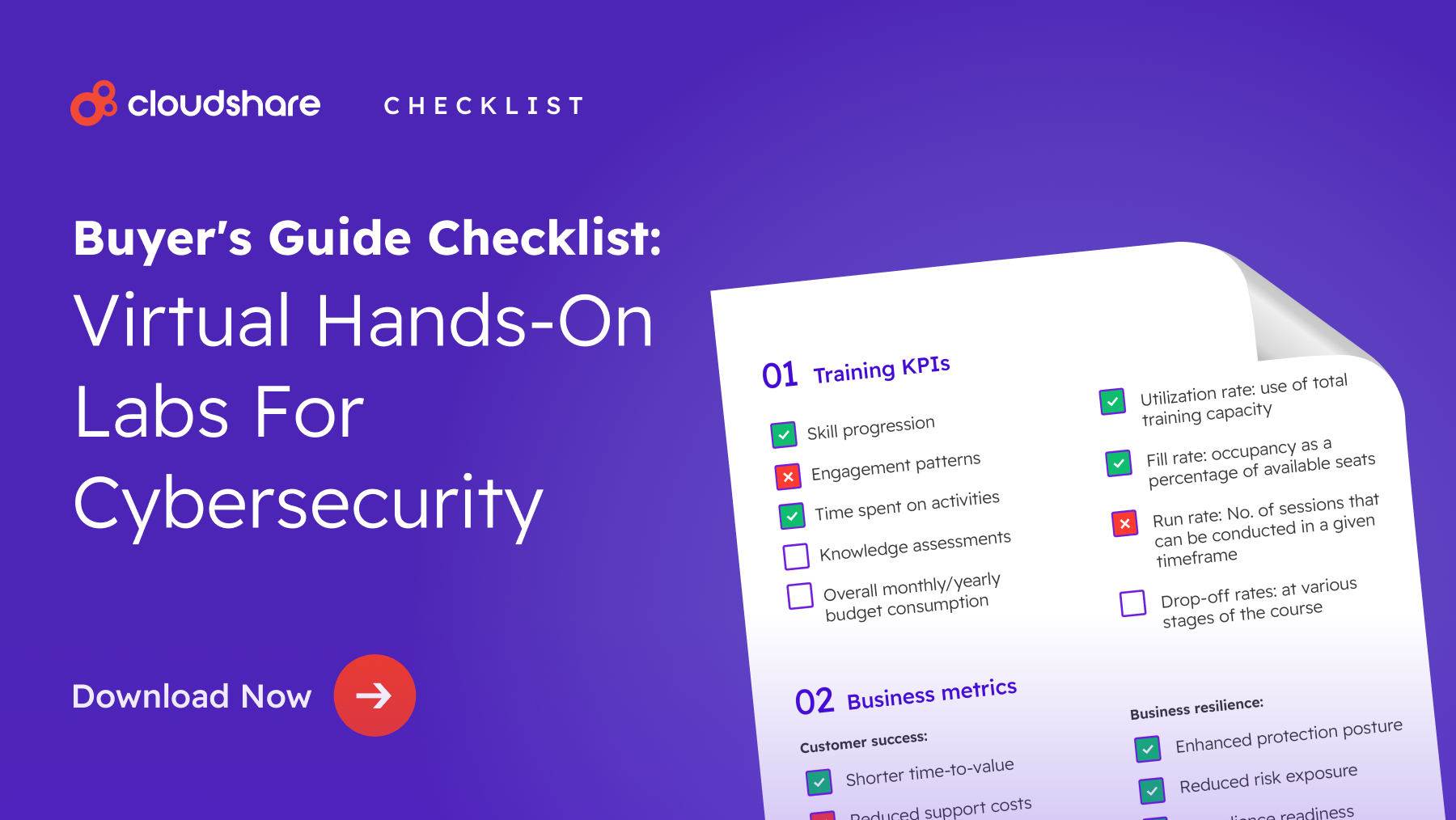
It’s budget season again, and this year, according to the annual LinkedIn Workplace Learning Report, 57% of L&D professionals are asking for an increase in budget for online learning. Given the remote working landscape, that’s no surprise.
The #1 challenge in learning and development this year is getting managers to make learning a priority, so if you’re looking to get buy-in for online training initiatives, here are our top tips for success.
Put Data Behind Your Decision-making
First, think about how you currently measure the success of your training solutions. A good budget plan will explain the gaps that you’re trying to fill with new training software, and how you’re going to measure the impact of any given purchase. This is easier said than done. 24% of L&D professionals don’t currently measure learning engagement at all, and the majority of those that do, rely on course completion rates alone.
If this is the case, a great starting point is to explain to managers that you’re actively looking to make a data-driven change in organizational learning and development to improve employee and customer education. Look for training solutions that offer more ways to prove ROI and the engagement of learners, providing metrics such as time spent learning, skills-based competency, or return visits.
Align Your Training Goals with the Organization
According to training industry expert Debbie Smith, “To see success with any training program, you should always have the goal of tying your metrics to the business goals of the C-suite. These corporate goals could be anything from reducing churn, to improving monthly recurring revenues, or increasing active users. Often, the C-suite really don’t see the value of Customer Education, and this is where you can come unstuck.”
If you can pinpoint the goals of the organization, and tie your online training initiatives to these goals, you are providing managers with motivation to sign off on your budget request, and the battle is already won. For example, let’s say that your company wants to reduce churn. You can pitch online training solutions that provide visibility into customer frustration or abandonment when using your software. This supports Customer Success teams in proactively offering support, or DevOps in making intelligent changes behind the scenes to streamline the user experience. Better online training that provides superior customer engagement = less churn.
Get Insight from Across the Business
As shown in the above example, more than most other areas of the organization, training can have a positive impact on almost all the departments in your business. Before you head into a big budget meeting, make sure you have feedback from various stakeholders, both employees and customers, too. This research will allow you to find training solutions that teams will want to utilize, and feel involved in choosing.
51 Best Practices to Boost Customer Software Training

Try these starting questions, that can help you get the insight you need.
- What gaps do you see in our current training solutions?
- Which areas of the business would you appreciate more training on?
- How much time does your team currently spend on training? What would motivate them to do more?
You can also pre-empt objections from management by collecting feedback on moving training to an online format. For example, you could ask stakeholders how likely they would be to attend in-person training over the next 12 months, compared to online, or what fears they have about online training.
Lay Out the Costs and Benefits
Taking this further, your training budget request will be a lot more convincing if you can prove that you’ve done your research. What stumbling blocks could make the journey to online learning more difficult, and how have you prepared for them ahead of time? Here are a few financial areas to consider:
Upfront Costs: Does your suggested solution have transparent pricing? Does it work with your existing infrastructure, and allow you to hit the ground running without completely rearchitecting from scratch?
Ongoing Costs: Are you pitching a scalable solution that will only charge your company for what it uses? Which resource-conserving features are included, and can these be managed flexibly?
Savings: How does the cost of your virtual training compare to in-person training, or your previous solution? How measurable with those savings be?
Think about your unique business setting before you plan your budget. Some companies have zero-based pricing where the budget is reset each year, while others will compare your projections with last year’s, and ask you to explain any increase. This is especially true when it comes to moving training from in-person to online, where savings in travel or accommodation may be expected to reduce the overall spend.
Here at Cloudshare, we have unique insight into how to plan out your training budget for success, and years of experience in helping organizations choose solutions that are far more likely to get financial approval.



